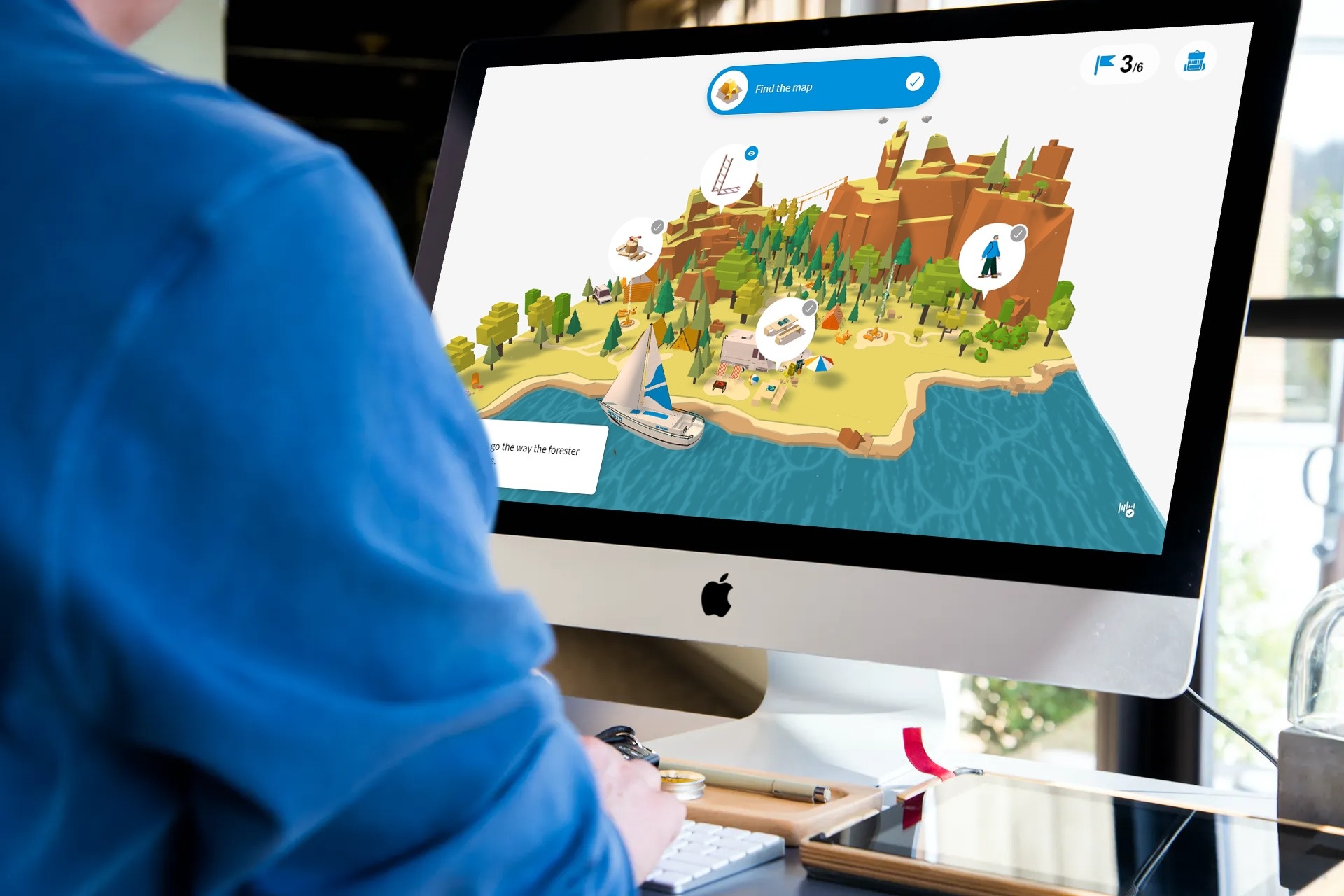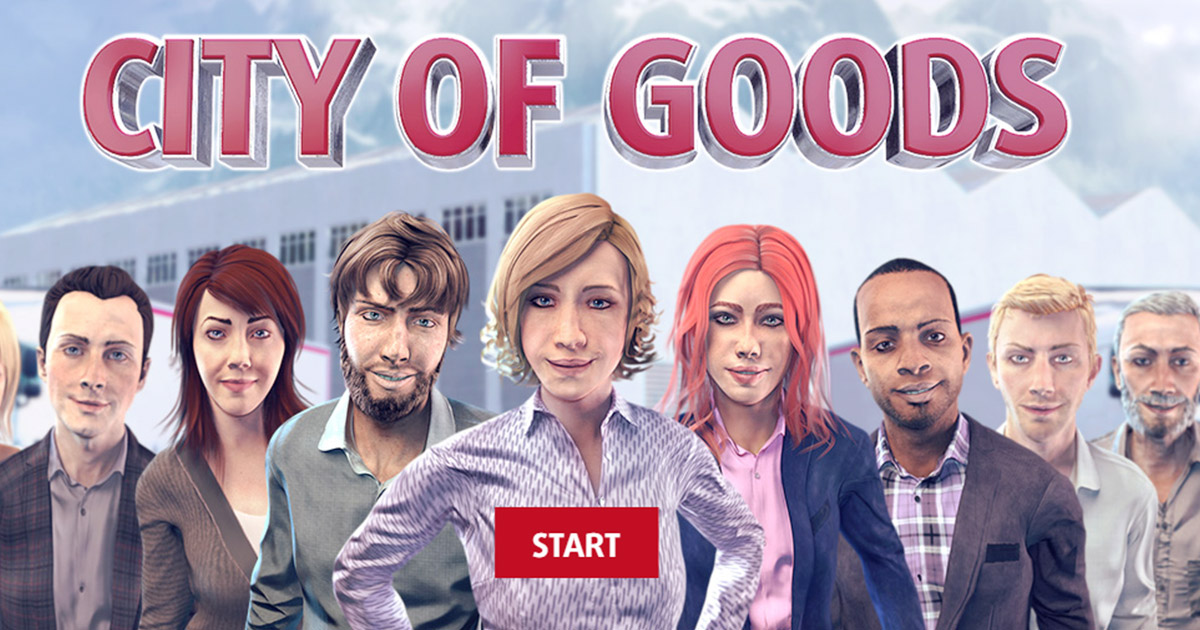
I just want to play!
Why gamified learning increases employee motivation
How can organisations incorporate gamified learning to build the skills of their employees? In our digital world, organisations are more likely to invest in e-learning but are often challenged by low completion rates. Therefore, content needs to be taught in a playful way! We checked with some experts how this can work especially in Australia.

Our play instinct
When it comes to the concept of play, we usually think about the interactions of children. A child’s imagination is not the limit of play. This is demonstrated by the Latin term “homo ludens” which means “the people playing”. Our play instinct is very pronounced, regardless of how old we are. This is because games offer us a world of fun and creativity. We mostly play in a digital context in the modern world, and institutions and companies alike can take advantage of this through gamified learning.
A recent government study of Australian higher education students² found that only 46.6% of online students completed their qualifications. For face-to-face students, this is 76.6% by comparison. These statistics are problematic, because if learners fail to gain knowledge, then both time and money are wasted. It is vital that we present e-learning content in a playful way.

It’s time to get serious
Another sub-category of serious games is digital education games and gamified learning. Their primary focus is to impart knowledge. There are three types of serious games, these are:
Drill and practice games
The classic knowledge building games apps develop to build vocabulary or mathematic skills.
Quiz games
The BizQuiz app from imc is an example in which employees and entire teams can take part in engaging quizzes.
Point and click adventure games
Roleplaying games with enriched content and an exciting narrative.
The "City of Goods"

Learning through experience
The psychological benefit of gamified learning
Intrinsic
Extrinsic
Gamification is embedded in our everyday life. This can be through motivational tactics such as benchmarking (calorie or step counters) and nudging (such as point systems).
In summary, your employees are more likely to be motivated through gamified learning, when it is applied playfully.
Educational games can help reduce dropout rates and help employees build their skills in the workplace. Therefore: Game on!
This blog article is an extract from an article written by Sven R. Becker (A board member of imc AG) and Stephan Urbanski (Senior Instructional Designer at imc AG).
The original article was published in the I+MIO e-magazine (Available in German only).

Go for Game-based Learning
We talk about what lies beneath the trend of this playful knowledge transfer method. We explain why it works so well and present 3 application scenarios for game-based learning in the company.

Training soft skills with serious games
Softskills are more important than ever. But how to train them? imc's research team dealt with this challenge in the DEVELOP research project.